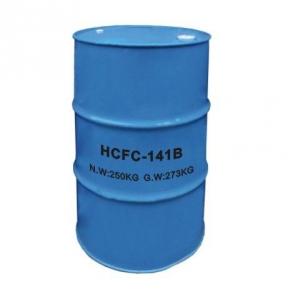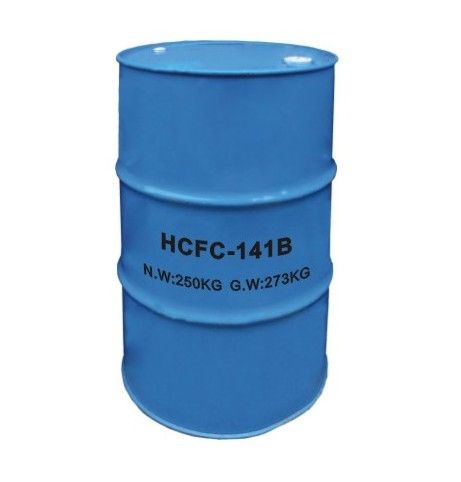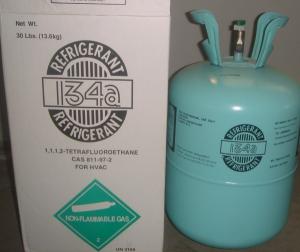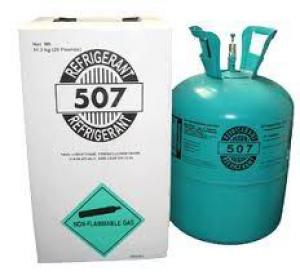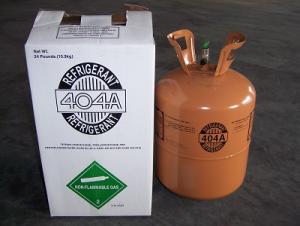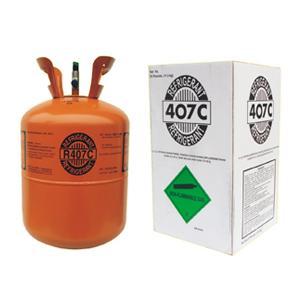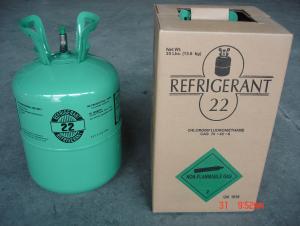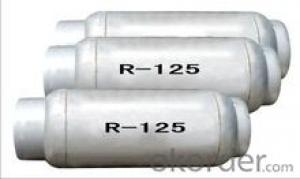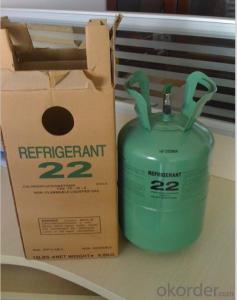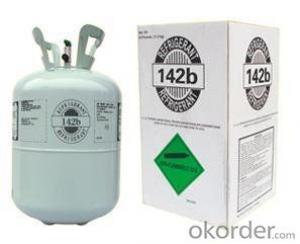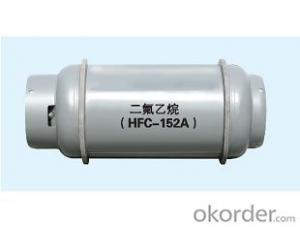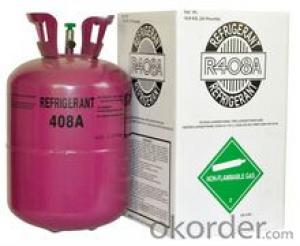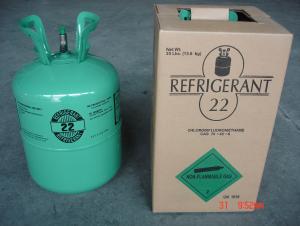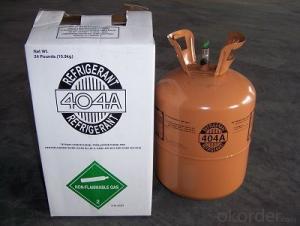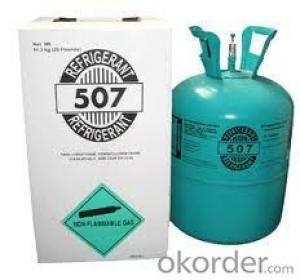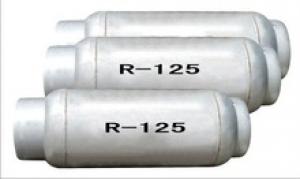Dichlorofluoroethane(R141b)
- Loading Port:
- Shanghai
- Payment Terms:
- TT OR LC
- Min Order Qty:
- -
- Supply Capability:
- 1000MT m.t./month
OKorder Service Pledge
OKorder Financial Service
You Might Also Like
Specifications
Good Quallity;
Competitive Price;
Cleaning Agent;
Foaming Agent
Dichlofluoroethane(R141b)
R141b (HCFC-141b) is the leading substitute blowing agent for CFC-11 in rigid foam insulation materials which are widely used for residential and public constructions, home applications and transport vehicles.
Properties:
Index | Unit | R141b |
Chemical formula |
| CH3CCl2F |
Molecular weight | g/mol | 117.0 |
Boiling Point 101.3 KPa(°C) | °C | 32.1 |
Freezing Point 101.3 KPa(°C) | °C | -103.5 |
Critical Pressure | KPa | 4640.2 |
Critical Temperature (°C) | °C | 210.2 |
Saturated liquid density (25°C) | Kg/m3 | 1227 |
Specific heat (25°Cliquid) | KJ/kg·k | 1.17 |
ODP |
| 0.11 |
GWP |
| 0.09 |
Quality Specification:
Index | Quality Performance |
Appearance | Bright & Clear Liquid |
Odor | No strange stench |
Purity %≥ | 99.9% |
Moisture %≤ | 0.005 |
Acidity(as HCL) %≤ | 0.00001 |
Evaporation residue %≤ | 0.01 |
Chlorides(Cl-) test %≤ | 0.0003 |
R141b Packing: 13.6kg/30lb; 30kg, 250kg drum.
- Q: Ionic compounds, covalent compounds, electrolytes, non-electrolytes, which are both compounds and inorganic compounds
- The covalent compound is a compound molecule composed of a common electron pair between atoms. When two nonmetallic elements (or inactive metal and nonmetallic elements) are combined, one or more electrons are formed between the atoms, and the electron pair is attracted by two nuclei, and the two atoms are common , So that two atoms form compound molecules. For example, hydrogen chloride is a hydrogen atom and chlorine atoms each with the outermost layer of electrons to form a common pair of compounds composed of compounds. Non-metallic hydrides (such as HCl, H2O, NH3, etc.), non-metallic oxides (such as CO2, SO3, etc.), anhydrous acids (such as H2SO4, HNO3, etc.), most organic compounds (such as methane, Are covalent compounds. Most covalent compounds in the soli
- Q: What is the relationship between hydrocarbon and hydrocarbon derivatives?
- Hydrocarbons, which are composed of two elements, carbon and hydrogen, are called hydrocarbons and hydrocarbons. It reacts with chlorine, bromine vapor, oxygen, etc. to produce hydrocarbons.
- Q: Are all carbon compounds all organic?
- Not ah, like CO, CO2, carbonated, carbonate is not ah
- Q: The role of aromatic hydrocarbons
- Aromatic hydrocarbons referred to as "aromatic hydrocarbons", usually refers to the molecule containing benzene ring structure of the hydrocarbons. Is a closed-chain type. With the basic structure of the benzene ring, the history of the early discovery of such compounds have more aromatic flavor, so called these Hydrocarbons are aromatic hydrocarbons, and hydrocarbons that are later found to have no aromatic flavor are also commonly used in this way, such as benzene, naphthalene, etc. The homology of benzene is CnH2n-6 (n≥6).
- Q: Is acrylamide an oxygen-containing derivative of hydrocarbons?
- There are many kinds of oxygen-containing derivatives of alcohols which can be classified into alcohols, phenols, aldehydes, carboxylic acids and esters, etc. The nature of the oxygen-containing derivatives of hydrocarbons is determined by the functional groups, and the nature of the organic compounds can be used to synthesize the oxygen- There is no organic matter to meet our needs.
- Q: What are the characteristics of organic compounds?
- Organic compounds are usually referred to as carbon-containing compounds, or hydrocarbon-containing compounds and their derivatives are collectively referred to as organic matter. Organic compounds are generally insoluble in water and soluble in organic solvents with lower melting points. The vast majority of organic matter heat easily decomposed, easy to burn. The reaction of organic matter is generally slow and often accompanied by side effects, and there are many kinds of organic compounds, which can be divided into two major categories of hydrocarbon and hydrocarbon derivatives. According to the organic groups contained in the functional groups, divided into alkanes, alkenes, alkynes, aromatic hydrocarbons and alcohols, aldehydes, carboxylic acids, esters and so on. According to the organic carbon molecular structure, can also be divided into open chain compounds, carbocyclic compounds and heterocyclic compounds three categories.
- Q: What is organic matter? Candle is organic?
- Candle chemical formula: C2H2 so candle is organic
- Q: NH4HCO3 and so have C atoms ah, why still inorganic
- Organic matter is a general term for carbon compounds (except carbon oxides, carbon dioxide, carbonates, carbonates, bicarbonates, metal carbides, cyanides, thiocyanides and other oxides) or hydrocarbons and their derivatives. Organic matter is the material basis for life. The inorganic compound usually refers to a compound containing no carbon element, but a few carbon-containing compounds such as carbon dioxide, carbonic acid, carbon monoxide, carbonate and the like do not have the properties of an organic substance, and therefore such substances are also inorganic.
- Q: Rush! Hydrocarbon and hydrocarbon derivatives system information includes chemical formula, common name, Chinese name and so on
- The system is too difficult to summarize. Too much.
- Q: Carbon compounds (except inorganic carbon compounds), hydrocarbons and derivatives of the general term is?
- Hydrocarbons and hydrocarbon derivatives
Send your message to us
Dichlorofluoroethane(R141b)
- Loading Port:
- Shanghai
- Payment Terms:
- TT OR LC
- Min Order Qty:
- -
- Supply Capability:
- 1000MT m.t./month
OKorder Service Pledge
OKorder Financial Service
Similar products
Hot products
Hot Searches
